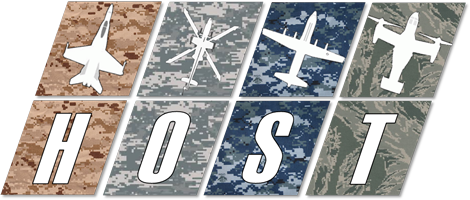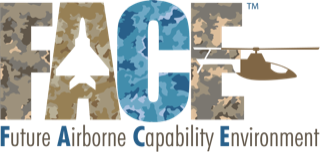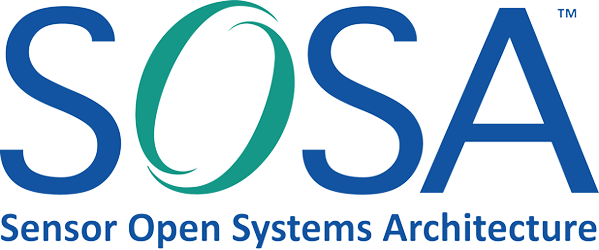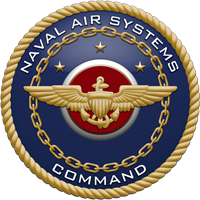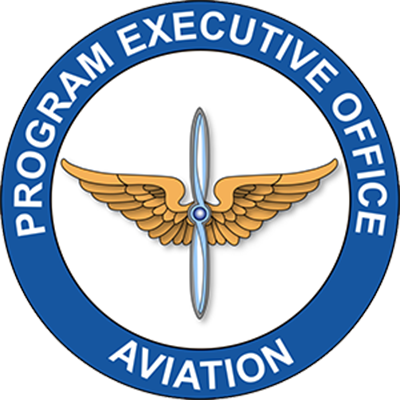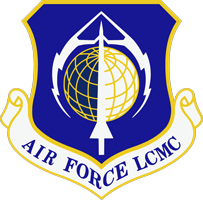Hardware Open Systems Technologies
Initiated by the U.S. Navy’s Naval Air Systems Command (NAVAIR PMA-209) in Patuxent River, MD – HOST is a standards framework that applies open architectures to high-performance embedded computing. These standards support a Modular Open Systems Approach (MOSA) to implementing systems based on Commercial-Off-the-Shelf (COTS) components for embedded computing on U.S. Defense Platform Open Systems. By ensuring that all developed components use standardized interfaces, HOST provides the interchangeability of newer technologies and promotes the reuse of hardware designs for existing and future platforms. HOST facilitates affordable and supportable system development and modernization. HOST is not a consortium-managed standard. Instead, the HOST standard is maintained by NAVAIR, who uses a team of academicians and industry members to coordinate with integrators, module vendors, and related standards groups, such as the SOSA™ Consortium and VITA.
Future Airborne Capability Environment™
The FACE Technical Standard is the open avionics software standard for making military computing operations more robust, interoperable, portable and secure, for use across the entire spectrum of military aviation systems through a common operating environment. Managed by The Open Group, the FACE Consortium members include government, industry and academia that have come together since 2010 to establish and continually improve software portability for real-time, safety-critical applications by defining message interfaces in a technical framework and includes a business strategy. The FACE Approach meets all the MOSA requirements including a robust conformance program. Although the FACE effort originated from the U.S. Navy open architecture programs, the U.S. Army quickly became involved and is currently promoted by the U.S. Naval Air Systems Command (NAVAIR), U.S. Army Program Executive Office Aviation, to enhance interoperability and software portability for avionics software applications across DoD aviation platforms.
Sensor Open System Architecture™
Initiated by the U.S. Air Force’s Life Cycle Management Center (AFLCMC) at Wright-Patterson AFB, OH and managed by The Open Group, the SOSA™ Consortium was incubated within FACE™ – Future Airborne Computing Environment – Consortium in 2015. The SOSA Consortium is creating open system reference architectures applicable to military and commercial sensor systems and a business model that balances stakeholder interests. The architectures employ modular design and use widely supported, consensus-based, nonproprietary standards for key interfaces that are expected to reduce development cycle time and cost, systems integration cost and risk, sustainment and modernization costs and more. The SOSA technical standards will help increase the effectiveness in military aircraft avionics; avionics systems are traditionally a collection of sub-systems, making any changes to them limited to replacing the entire sub-system.
Command, Control, Communications, Computers, Intelligence, Surveillance and Reconnaissance (C4ISR) Electronic Warfare (EW) Modular Open Suite of Standards
Originating at the U.S. Army’s Communications-Electronics Research, Development and Engineering Center (CERDEC) at Aberdeen Proving Grounds, MD, CMOSS is a suite of standards that allows the communication components of military vehicles to share a common platform. The CMOSS-defined architecture allows for quick insertion of new capabilities, enables interoperability between capabilities and eliminates redundant components (such as the need for multiple antennas), in addition to reducing acquisition costs through greater industry product competition and fewer custom-designed units. CMOSS establishes a universal A-Kit that minimizes the need for platform-specific integration. CMOSS also defines open interfaces that allow sensors, processors and displays to be shared among systems, reducing the size, weight, power and cost (SWaP-C) challenges associated with vehicle-based mission command and radio technologies.

